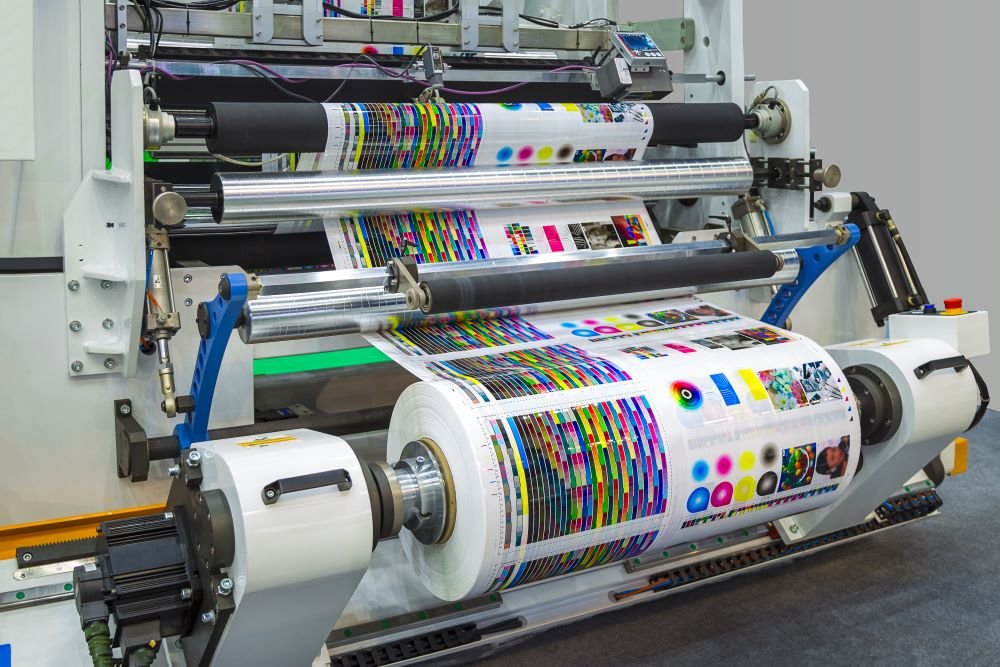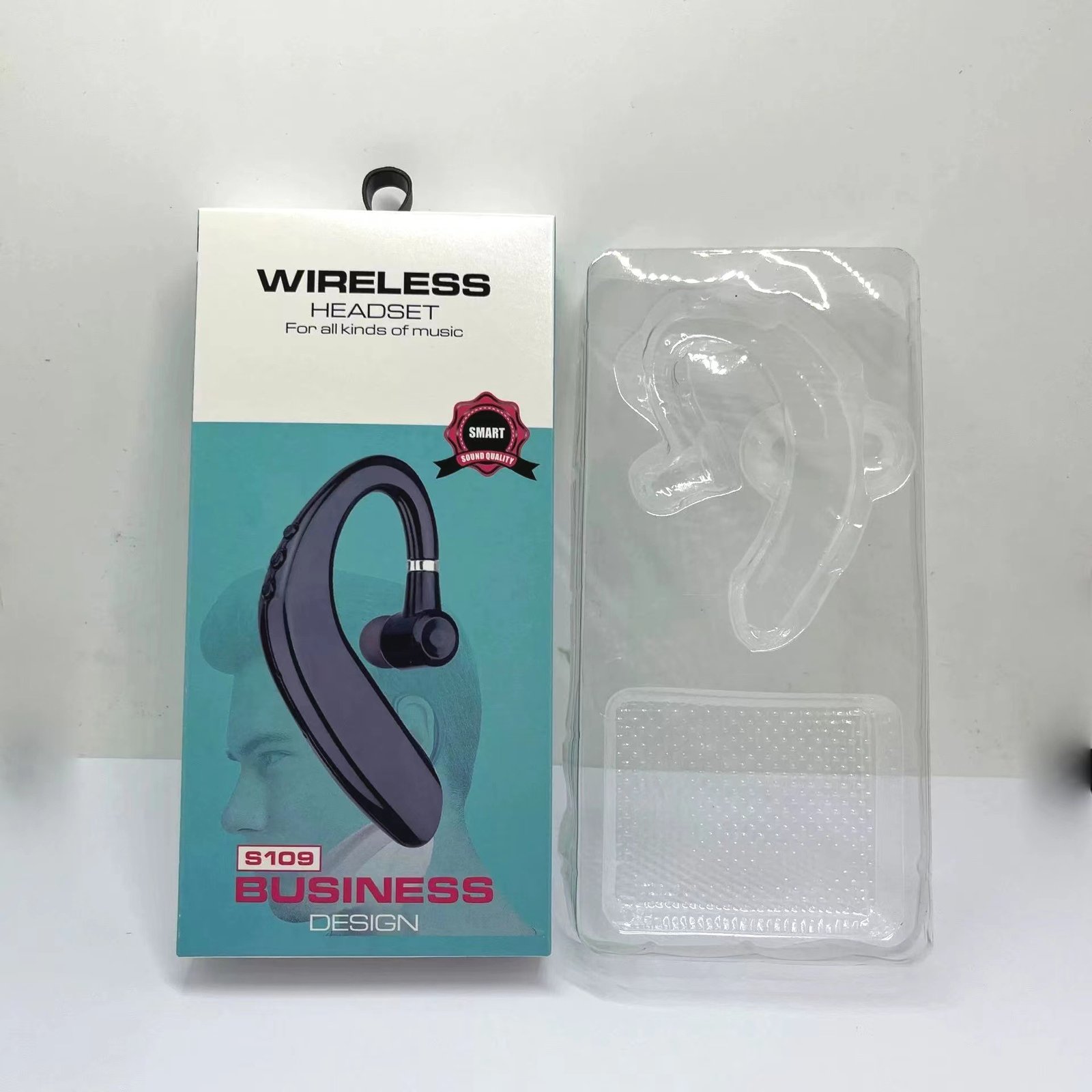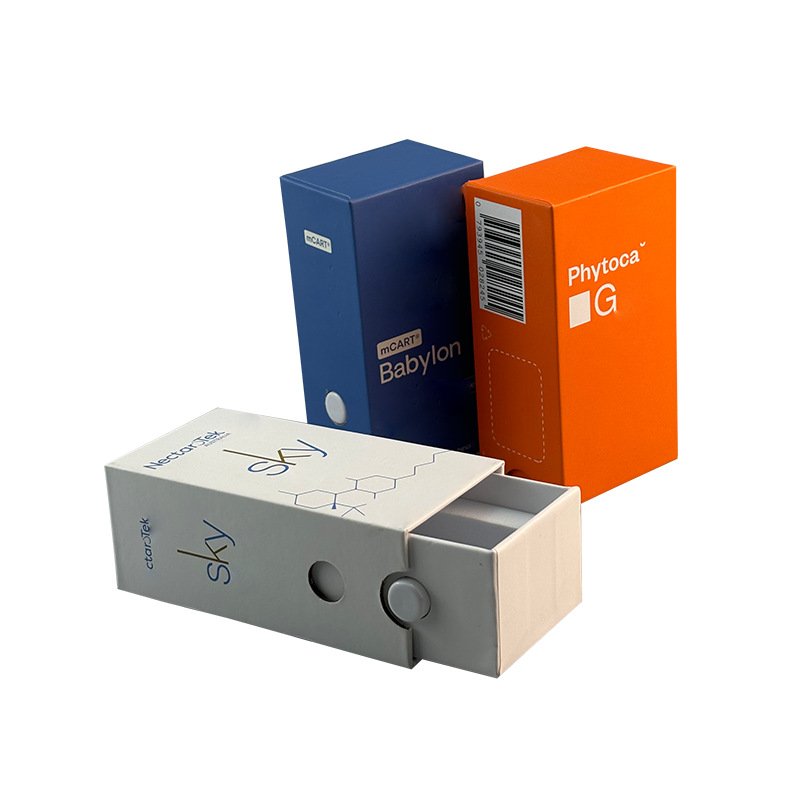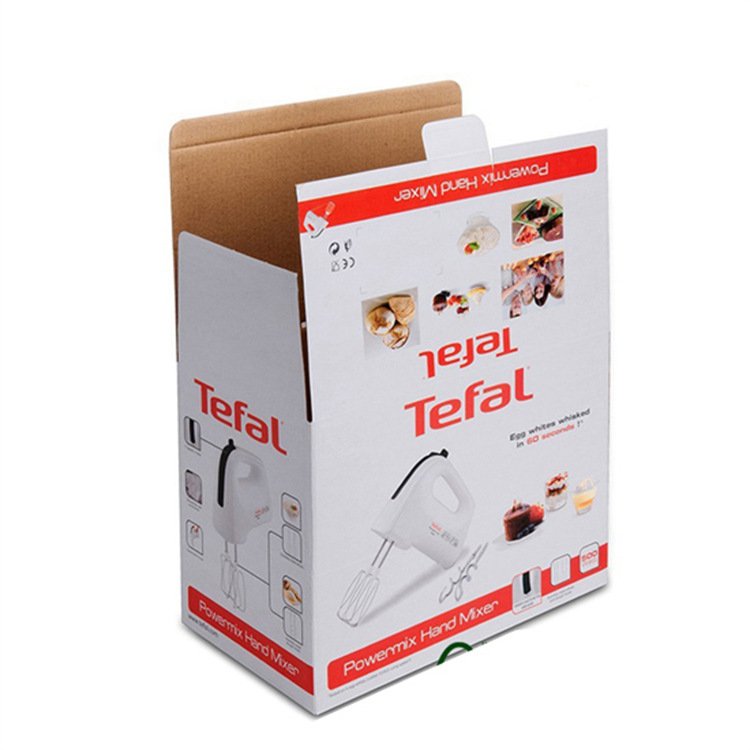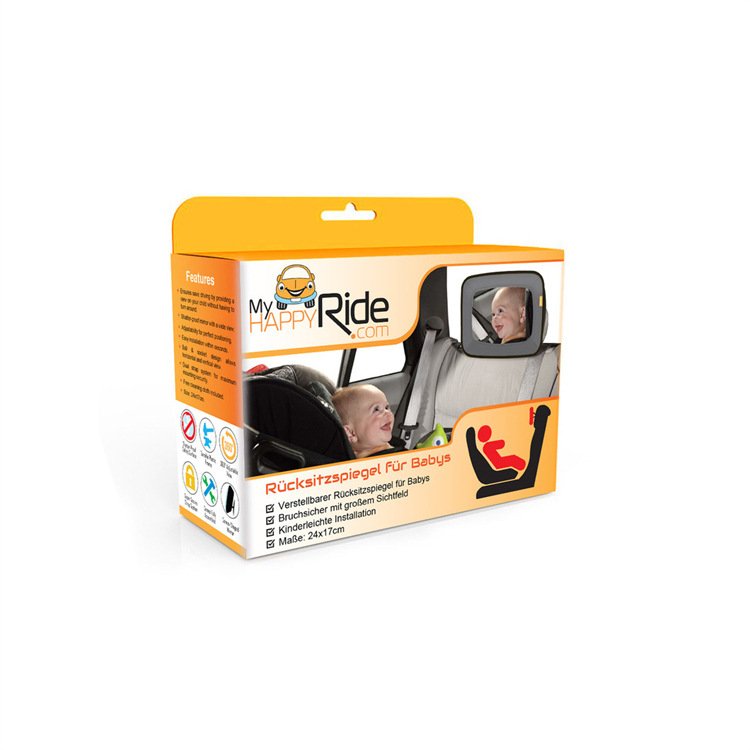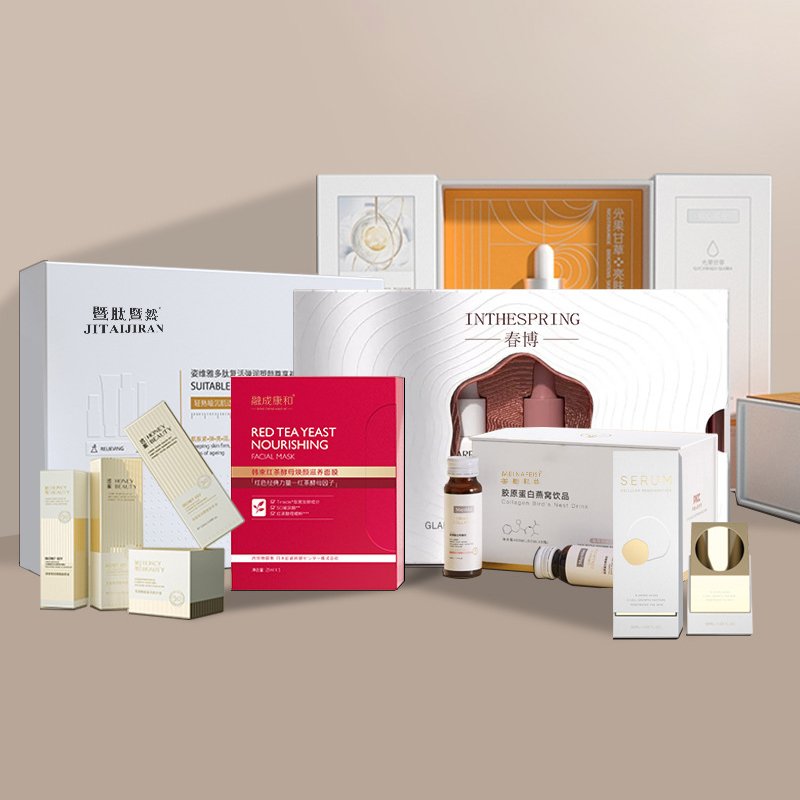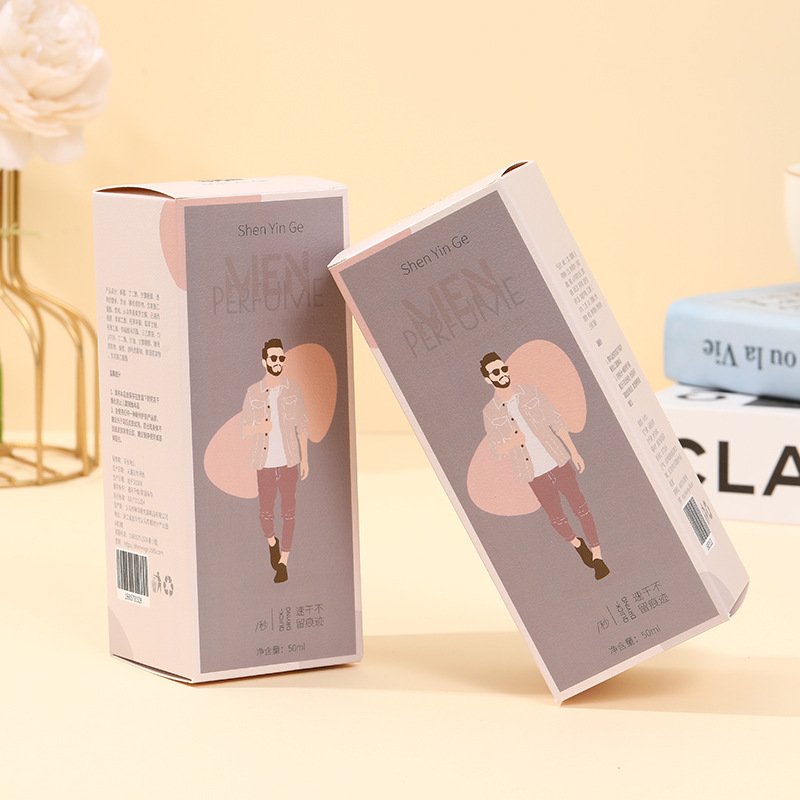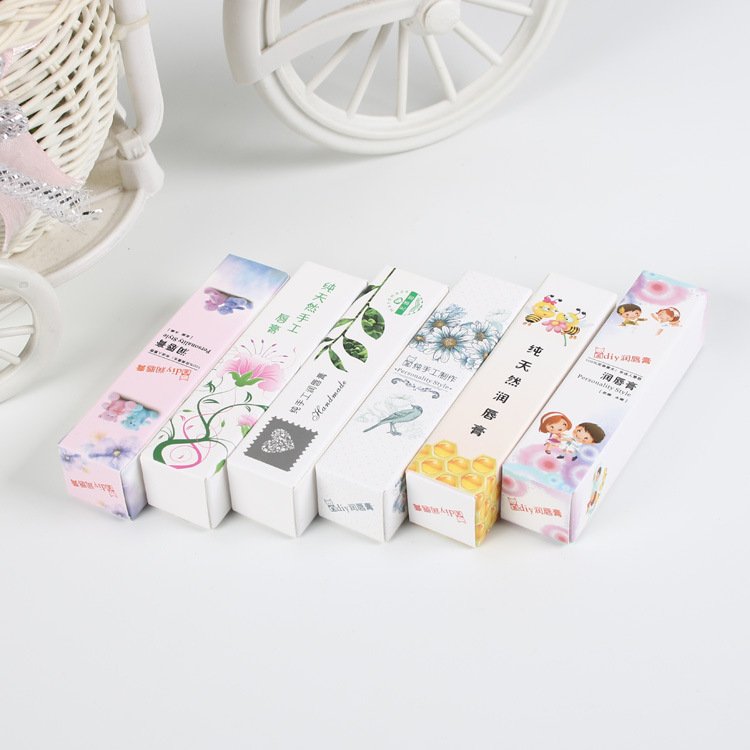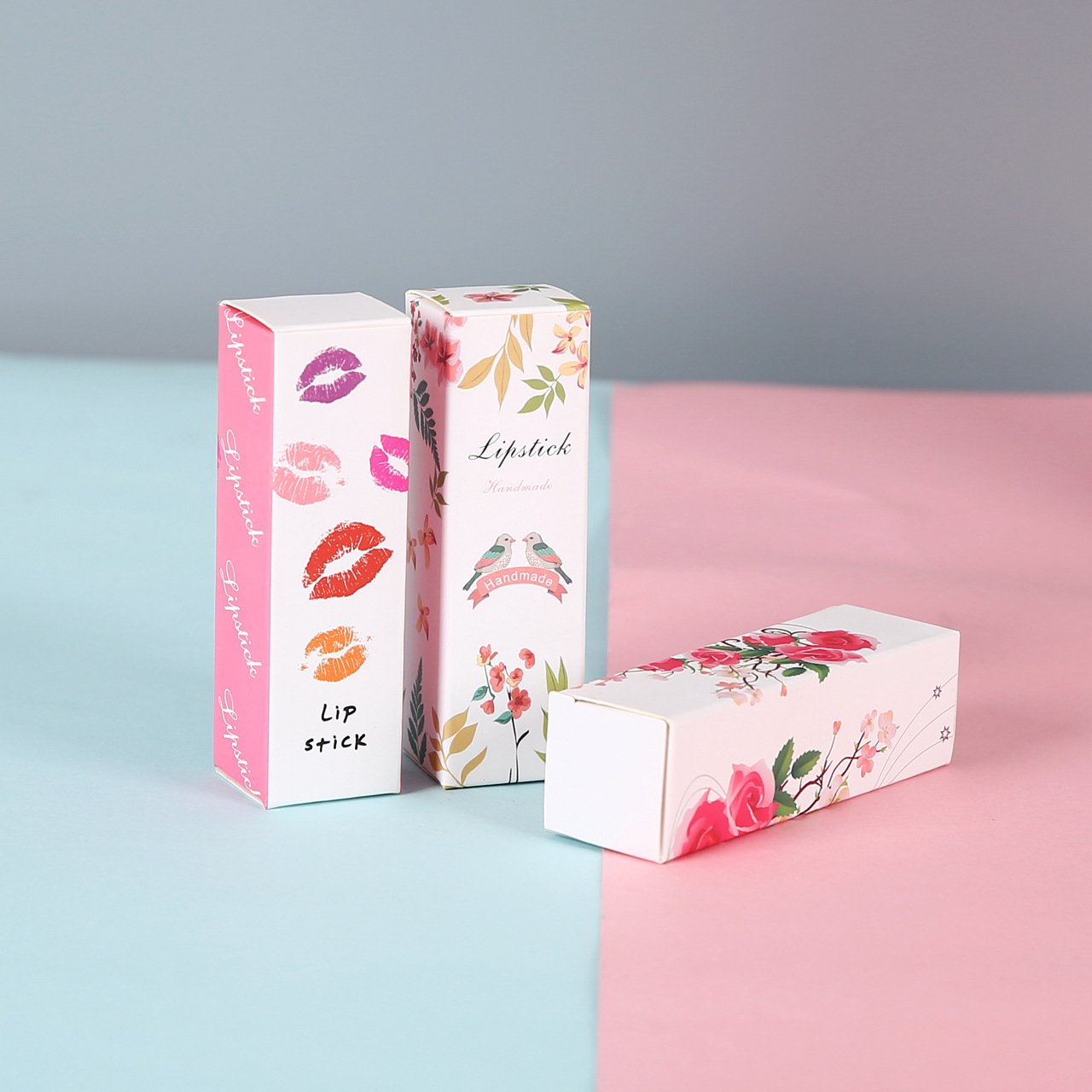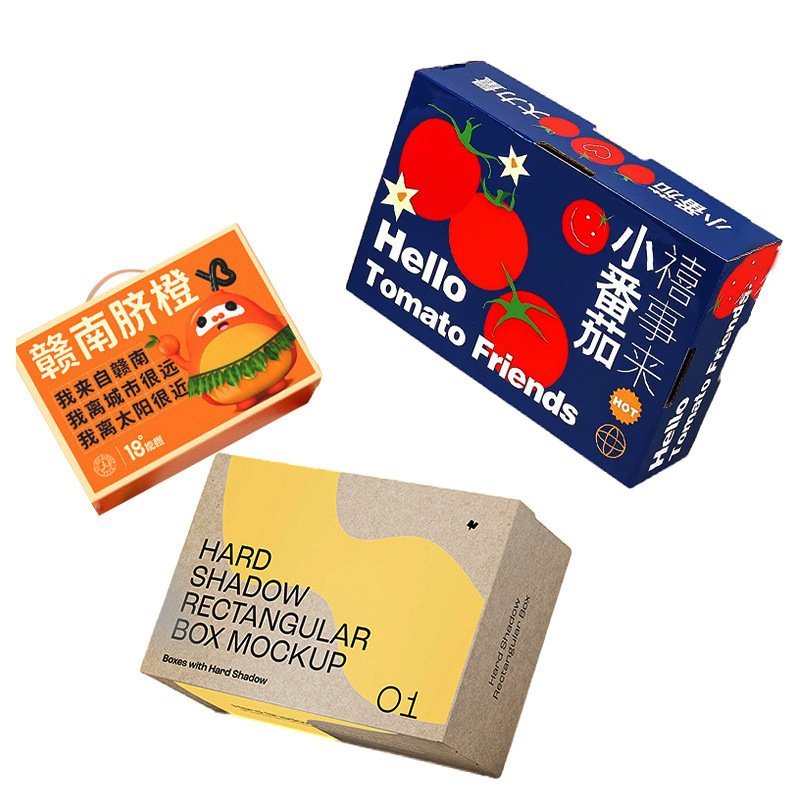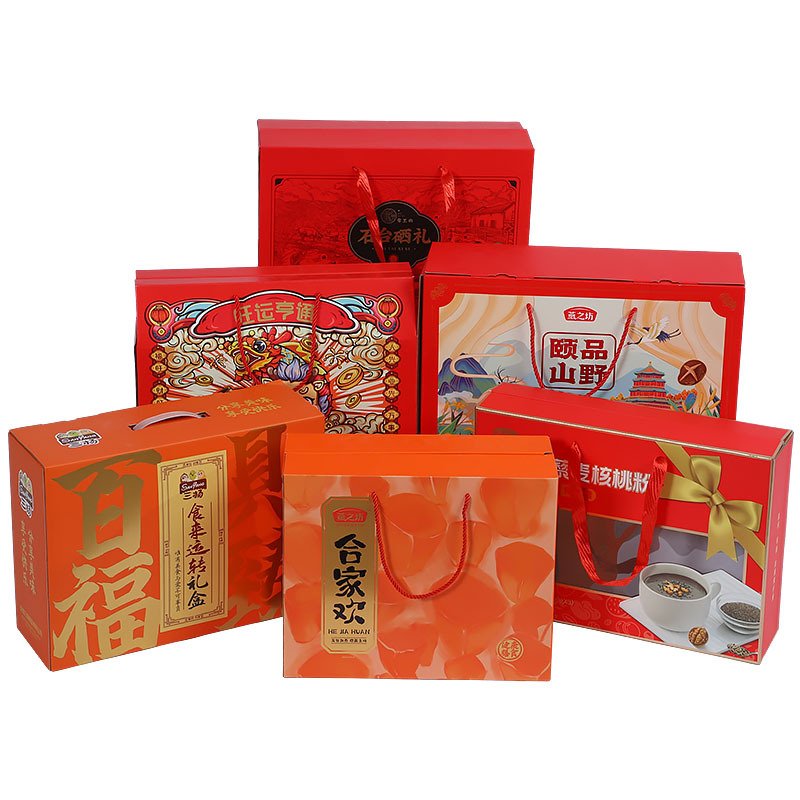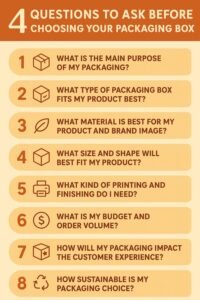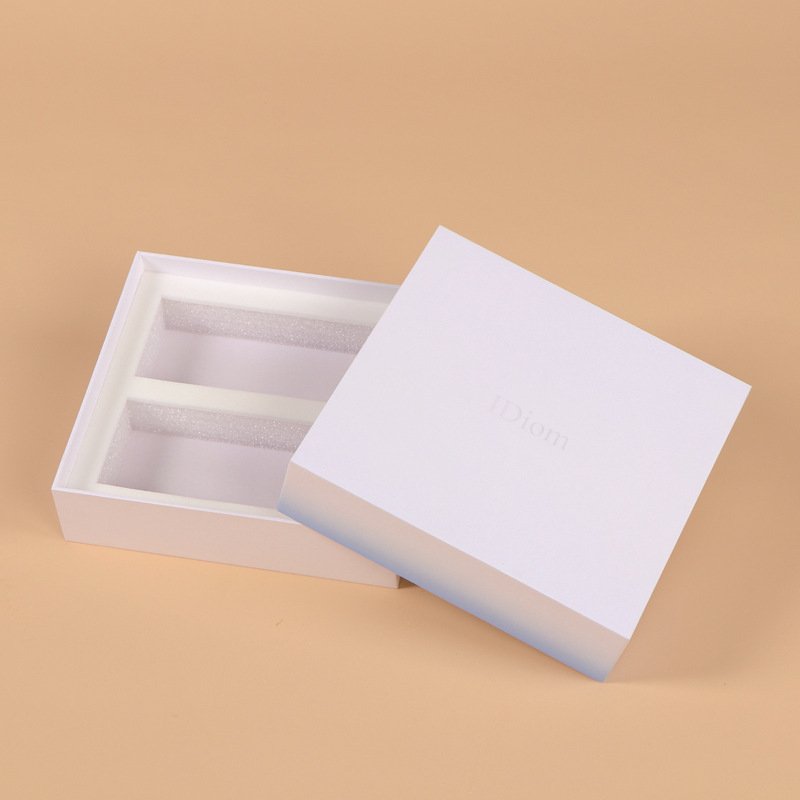When you make packaging boxes, printing is one of the most important steps—not only for visual appeal but for protecting brand image, maintaining consistency, meeting cost targets, and ensuring durability. Offset printing is one of the most commonly used and trusted printing technologies in the packaging industry, especially for folding cartons, rigid boxes, and any packaging where high graphic quality and consistency matter.
1. What Is Offset Printing
Offset printing (also called lithographic offset printing) is a printing method in which the image to be printed is first transferred from a metal (or plate) surface to a rubber blanket, then from the rubber blanket onto the printing substrate (paperboard, paper, etc.). The offset process is “indirect”—the plate never touches the paper directly.
Important features:
Uses plates (usually aluminium) that carry the image; separate plates for different colors (CMYK, sometimes spot or Pantone colors).
Uses a blanket cylinder (rubber) to pick up inked image from the plate and transfer to the substrate. This helps to reduce wear, to allow printing on slightly textured or uneven substrates.
Strong capability for high resolution, fine detail, smooth color gradations.
Types:
Sheet-fed offset: individual sheets of paperboard are fed into the press. Good for rigid boxes or folding cartons.
Web offset: paper is in rolls; usually for very large volumes, continuous feeding; more common in magazines/newspapers but in packaging sometimes used for labels or web-fed folding cartons where continuous feed advantages apply.
2. How Offset Printing Works: The Process & Components
Understanding the process helps manufacturers control quality, anticipate costs, and avoid mistakes. Here are the main steps/components:
Pre-press (Artwork & Plate Making)
Design files prepared (usually in digital design software), in CMYK or with spot/ Pantone colors if needed.
Color separation, proofing, imposition (arranging pages/artworks so printing and finishing is efficient).
Plate making: creating metal plates that carry the image; sometimes using computer‐to‐plate (CTP) technology.
Press Setup
Mounting the plates onto the plate cylinder.
Mounting/setting blankets.
Calibrating ink flow, dampening system (since in offset printing non-image areas are kept wet to repel ink).
Registration (alignment) of multiple plates (if multiple colors) to ensure colors overlay correctly.
Printing Run
Sheets or paperboard pass through the press; the plate transfers ink to blanket, then blanket to substrate.
Multiple passes if multiple colors.
Drying or curing if coatings or varnishes applied.
Finishing
After printing: trimming, die-cutting, folding, gluing, lamination, varnishing or UV coating etc.
Additional embellishments (foil stamping, embossing) often occur after or in combination with finishing.
Quality Control & Inspection
Monitoring ink density, registration, color consistency, checking for defects (smudging, mis-registration, streaks etc.).
Test sheets / run-up sheets used to adjust color and alignment before the full run.
3. Key Advantages of Offset Printing for Packaging Boxes
Offset printing offers many benefits—this is why it remains a go-to for many packaging projects. For brand owners and for manufacturers, knowing these advantages helps in pitching and design decisions.
| Advantage | What It Means in Practice for Packaging Boxes |
|---|---|
| High image quality, sharpness & detail | Clean, crisp lines; very smooth gradations; text remains sharp; ability to reproduce fine graphics and photography with high fidelity. Very important for premium product boxes. |
| Color consistency & brand matching | Excellent control over colors; ability to use Pantone / spot colors; consistent across long runs so all boxes in a batch look the same. Important for brand identity. |
| Large volume efficiency / lower cost per unit for large runs | Setup cost (plates etc.) is higher up front, but as volume grows, unit cost drops significantly. Economical when producing many thousands of boxes. |
| Versatility of substrates / finishes / coatings | Offset works on many paperboards, coated or uncoated, rigid or folding cartons. Options for many finishes: UV varnish, matte/gloss coating, foil, soft-touch coatings, etc. Allows brands to choose tactile and visual finishes to match positioning. |
| Durability and long print run stability | Because of plate + blanket method, once press is well calibrated, plates are durable, output remains stable over the print run. Less variation in color across sheets. |
| Special color / spot / metallic inks availability | Ability to use non-CMYK inks like Pantone, or metallic, which digital may not reliably render. Useful for premium packaging effects. |
4. Trade-offs & Disadvantages of Offset Printing
Despite its strengths, offset printing has limitations. Clients (and manufacturers) need to understand them so they can plan appropriately and avoid surprises.
| Disadvantage | What It Implies in Packaging Context |
|---|---|
| Higher upfront cost / setup cost | Costs for plate making, press setup, calibration, registration. For small runs, these costs may make per-unit cost much higher. │ Not ideal for prototypes, one-off or very low quantity runs. |
| Longer lead time | Time required to prepare plates, conduct proofs, setup, test runs; more complex jobs or special finishes add more time. Not ideal for urgent orders. |
| Less flexibility for design changes | Once plates are made, changing artwork (even small changes) requires new plates, new setup — time and cost. So late changes are costly. |
| Wastage / minimum runs | For short runs, much material (set-up sheets, test runs) is wasted; also minimum order quantities are higher. |
| Environmental considerations | Traditional offset inks and processes may use VOCs (volatile organic compounds), chemical washing of plates, waste water etc. But many manufacturers mitigate with newer inks, eco-coatings, etc. |
| Complex finishing adds cost | If you want foil stamping, embossing, special coatings, windows, etc., those finishing processes can raise cost and require additional operations. |
5. Offset vs Digital Printing (and Other Printing Methods)
To make good decisions, it’s useful to compare offset printing with digital printing (and sometimes with flexography, gravure etc.) in the context of packaging.
| Feature | Offset Printing | Digital Printing |
|---|---|---|
| Setup / Initial Cost | High (plates, setup) | Low (direct print from digital file) |
| Unit Cost for Small Runs | Expensive per unit for small quantity | More cost-efficient for low volumes or prototypes |
| Color Matching & Special Inks | Excellent; Pantone / spot / specialty inks | More limited; usually CMYK; special or metallic colors more difficult or costly to approximate |
| Turnaround Time / Flexibility | Longer setup; less flexible when frequent design changes | Much more agile: fast proofs; easy to update files etc. |
| Quality for High-Volume / Large Solid Areas | Very strong; rich solid color; smooth gradients; consistent across sheet after calibration | Digital has improved, but may show banding or slight variation; less forgiving for large solid color blocks or heavy ink loads. |
| Material / Substrate Variety | Broad: many paperboards, coated / uncoated, rigid board, specialty surfaces; also handling heavier stocks. | Some limitations; not all digital presses accept thick board or textured / specialty surface; fewer finishing options in some cases. |
| Customization / Personalization | Less suited: changes require new plates; variable data printing expensive | Excellent: each piece can be unique; good for personalization, limited editions, seasonal variants. |
Other methods like flexography, gravure, UV-inkjet, etc., also have their places, especially for continuous feed, large runs, labels, or special materials. But for folding cartons, rigid boxes, high graphic finish, offset is often preferred.
6. When to Choose Offset Printing: Decision Criteria / Use Cases
For a packaging box manufacturer and for your brand clients, here are criteria and situations when offset printing is or isn’t the right choice.
Choose Offset When:
Your production volumes are large (thousands to tens or hundreds of thousands of boxes). High volumes allow you to amortize setup costs.
You need exact color matching, especially if you have brand identity requiring strict color consistency (Pantone or spot colors).
Your design includes solid color coverage, smooth gradients, photo-realistic images, fine text or intricate graphics.
The packaging is a key brand instrument (premium products, luxury goods, cosmetics, gifts) and visual finish is very important.
You want a wide array of finishing / coating / substrate options (soft touch, gloss/matte, metallics, special papers, etc.).
You have enough lead time for pre-press, plate making, proofs, and possible corrections.
Substrate is thick or rigid board types that digital presses might struggle with.
Consider Other Printing Methods When:
You are doing short runs, prototypes, small seasonal variants. The setup cost for offset may be unjustifiable.
You need fast turnaround or frequent design changes.
Custom or variable data printing (personalization) is required — offset is not suitable or becomes too costly.
Your packaging is low in visual complexity (e.g. simple logo, minimal colors) and speed / cost are more important than ultimate finish.
Substrate/material is unusual or digital process limitations apply.
Budget constraints prevent amortizing setup cost over large volume.
Hybrid Strategies:
Many brands/manufacturers use hybrid strategies: use digital printing for short runs, testing designs or seasonal/special promotion packaging; once design and volume stabilize, switch to offset for the main production. This gives flexibility plus cost savings over time.
7. Technical Considerations & Best Practices for Using Offset Printing on Packaging Boxes
To get the best results when using offset printing, there are many technical details to attend to. As a manufacturer, mastering these helps avoid costly errors and produce packaging that delights.
Artwork & Prepress Together
Ensure designs are in correct color space (CMYK + spot colors if needed).
High resolution images (300 dpi or more), vector graphics for logos/text where possible.
Proofing: prepress proofs, color proofs, sometimes physical proof on final substrate.
Substrate / Paperboard Selection
Choose board weight, finish (coated / uncoated), surface texture that work with offset inks. Smooth coated surfaces allow fine detail, better ink adhesion, less dot gain. Rough or textured boards may show color variation or dot gain.
Consider how coatings or laminations (gloss, matte, soft touch) will affect appearance.
Ink & Coatings Choice
Use inks compatible with substrate: whether they dry well, whether they scuff, resist abrasion, resist fading.
Be aware of ink absorption by the material (ink may sink into uncoated boards more).
Consider special effects: spot UV, varnish, metallic inks, embossing, etc. These have implications for press setup and finishing.
Plate Quality & Registration
High quality plates to avoid defects.
Accurate registration (so CMYK or spot colors align properly). Reject or adjust early if misalignment.
Ink Density & Color Management
Calibrate presses; control ink density; use densitometers or spectrophotometers.
Maintain consistency across the run; check run-up sheets before full run.
Handling & Drying / Curing
Enough drying time or use of coatings that dry/curing properly. Avoid smudging or offsetting when folding/handling.
Avoid too much ink which may not dry or may crack when folding or creasing heavy board.
Finishing & Folding / Creasing
Design boxes so creases/folds align in a way that ink doesn’t crack visibly. Heavy ink coats or thick varnishes risk cracking at the folds.
Finishing operations (cutting, creasing, gluing) need to be planned so the printed design remains aligned and clean.
Proofing & Sample Runs
Before full production, do mockups or sample boxes to check how print looks on the real board, under the actual finishing, in lighting (retail), under folding etc.
Adjust design or ink amounts based on sample feedback.
Cost Optimization
For large solid color areas, avoid “over-inking” – very heavy ink may raise costs, slow drying, risk in finish.
Use standard substrate sizes to reduce waste. Nest boxes / imposition to reduce paper waste.
Balance between finishing features and cost: decide which finishes (foil, spot UV etc.) add enough value vs added cost.
8. Substrates, Special Finishes & Effects with Offset for Packaging Boxes
One of the strengths of offset printing is that it allows many substrate types and many special finishes / effects, which help packaging stand out.
Substrate Types Common in Offset Packaging
Coated paperboard / folding carton stock (gloss, semi-gloss, matte)
Uncoated or natural boards (kraft, recycled)
Rigid (setup) boards for luxury boxes
Specialty textured boards (linen, emboss, soft-touch, etc.)
Laminated boards (paperboard laminated over corrugated, or with additional barrier films)
Special Finishes & Effects
Varnishes & Coatings: Gloss varnish, matte varnish, aqueous coatings, UV coatings – help protect print, add visual depth or special sheen.
Foil Stamping / Metallic Inks: For metallic effects; brand logos; premium highlights.
Embossing / Debossing: Adds tactile dimension, visual interest; but must align with design prepress accurately.
Soft-Touch Finishes / Velvet Touch: Provides a premium feel; often requires specific coatings.
Spot UV: Glossy spots in contrast to matte background; used to highlight logos or design elements.
Windows / Cut-outs: Combining offset printed board with die-cut windows (with or without clear film) to show product.
9. Examples & Case Studies
To make it more concrete, here are illustrative case uses: how brand clients & manufacturers use offset printing to great effect, what challenges they faced, and what lessons came from them.
Case Study 1: Premium Cosmetic Brand Folding Cartons
Challenge: The brand needed packaging that matches exact signature colors, includes metallic accents, and conveys luxury. Design included foil logo, spot UV elements, soft-touch outer lamination, and strong photo-quality graphics of product.
Solution: Use offset printing on coated rigid paperboard; separate plates for CMYK + spot metallic inks; apply soft-touch coating; use foil stamping for logo; sample boxes for proofing.
Outcome: Outstanding visual appeal, strong consistency across batches, good customer feedback; cost justified due to premium product positioning.
Case Study 2: Food / Specialty Tea or Snack Folding Cartons
Challenge: Need bright vibrant colors, food safety compliant inks/coatings, window cut-out to show product, moderate production volume.
Solution: Offset printing, with coated board, water-based inks, UV varnish to protect, die-cut windows. For smaller test runs, maybe digital, but primary volumes via offset.
Outcome: Strong shelf presence, minimal color fading, good protection of graphics despite handling and moisture.
Case Study 3: Large – Volume Household Goods
Challenge: Large run of packaging for home appliances or kitchenware; packaging must withstand rough transit; printing large solid blocks; cost matters.
Solution: Offset printing on thicker, high-burst strength board; strong gloss coating to protect color; minimal but strong graphics (not overly decorative) to reduce costs; batch sizes large to reduce per-unit cost.
Outcome: Packaging survives transit; printing stays clean; cost per box acceptable; consistent quality across large lot.
10. Practical Tips & Recommendations for Manufacturers & Brand Clients
Given your experience as a box maker / brand partner, here are some practical tips you can use to get the best out of offset printing.
Engage prepress early: Get involved with design files, proofs, samples before mass production. Ensure color calibration, correct substrate selection, and finishes are considered from the design stage.
Set realistic color expectations: Even with offset, different substrates, lighting, texture affect how color appears. Always provide physical proofs if possible.
Negotiate economies of scale: Often, tooling/plate costs and setup costs are partially fixed; increasing volume yields much lower marginal cost. If brand client is planning multiple SKUs, plan batch printing or shared setup where possible.
Use consistent materials: If brand has recurring packaging designs, using the same board types, coatings, inks helps maintain consistency over time and between batches.
Plan finishing with printing: If you are going to apply foil, embossing, windows etc., ensure that die-lines, registration, trimming, folding and gluing are all aligned with the printed design. Mis-registration or mis-folding can damage visual effect.
Control ink density / dot gain: Heavier ink loads can cause smearing, longer drying times, or cracking at folds. Also, ink that is too thick may crack or peel, especially on rigid board folds.
Manage drying / curing: After printing and finishing, ensure that coatings or varnishes are fully cured before folding, cutting, or stacking to avoid smudge or sticking.
Handle fragile or complex substrates carefully: Heavy or texture boards, or ones with special coatings, may need special care in die cutting, folding, edge protection to avoid cracking or damage to design.
Quality checks & feedback loops: Regularly check print consistency across batches; monitor for fading, color shifts, mis‐registration. Collect customer feedback about packaging appearance.
Cost vs benefit transparency with clients: Sometimes a client wants premium finishes (foil, soft touch, spot UV) — explain incremental cost vs perceived value & sales benefit; sometimes simpler finishes might be “good enough” for some SKUs to reduce cost.
11. Sustainability & Environmental Considerations
Offset printing also interacts importantly with sustainability, which is increasingly important for brands and consumers.
Use eco-friendly inks: soy-based, vegetable-based or other low-VOC inks. Many offset printers offer these.
Use recyclable or sustainably sourced substrates: boards certified (FSC, etc.), or with high recycled content.
Minimize waste in set-ups: reduce waste sheets, efficient nesting/imposition of boxes.
Choose finishes / coatings that are recyclable or easily removable; avoid multi-layer composites or laminates that prevent recycling unless necessary.
Look into ink curing / drying methods that are less energy intensive.
Consider the life-cycle: durable packaging that resists damage reduces returns and waste.
Offset printing remains one of the gold standards for packaging boxes
Offset printing remains one of the gold standards for packaging boxes whenever you need:
high graphic quality
consistent color fidelity
a wide range of finishes
cost efficiency for large volume runs
However, its higher setup cost, longer lead times, less flexibility for design changes and smaller runs, and environmental concerns in some finishing processes mean it isn’t always the best fit.
For you, as a manufacturer with strong experience, applying offset printing wisely—choosing the right substrates, finishes, proofing early, aligning design and finishing with printing specifications—will maximize quality, reduce errors, and help your brand clients get packaging that reinforces their identity, delights customers, and controls cost.
About BM Paper Box Manufacturer
We are a professional paper packaging box customization factory with ten years of industry experience. We focus on providing customers with high-quality customized packaging solutions, covering consumer electronics, medical equipment consumables, cosmetics and other fields, with ingenious design and exquisite technology, to add infinite charm to customers’ products.
As a professional paper packaging box customization factory, our service range is wide, covering consumer electronics, medical equipment consumables, cosmetics and other fields. Whether it is the exquisite gift box of high-end consumer electronics, the professional packaging of medical equipment, or the fashion outer box of cosmetics, we can tailor the most suitable packaging solution according to the needs of customers and the characteristics of the product. Our professional strength has been recognized by many brand customers and become their trusted partner.
Why Choose BM Paper Box Factroy
HIGH END QUALITY:As one of the best customized paper box manufacturer in china, our QC team will ensure every single product you receive are best quality. We have professional quality testing machine.
PRODUCT DESIGN:Our sampling department has complete process of making drawings into reality. We also improve your product design based on our years of working experience.Tell us what you think.
STABLE DELIVERY TIME:As the best gift box manufacturer & supplier,we have sufficient manufacturing capacity, big orders won’t beat us, we can still deliver the order for you in time.
BEST PRICE:We are source factory of paper boxes and the best manufacturer in China, that’s why we can provide high quality bags with best price.
PRECISE MANAGEMENT:Nothing can be achieved if we don’t implement precise management. We are a company with complete management system.
7-24 SERVICE:As the best paper box manufacturer, 24-7 immediate response: We’ll receive your feedback to make us a better supplier.contact us(+86 18925520049)
FAQs About BM Paper Box
We are a Chinese top manufacturer and our factory is located in Dongguan. Welcome to visit our factory!
• We are a professional paper packaging product provider, especially in the gift packaging field. We can produce kinds of paper boxes and paper bags for multi-purpose.
• We provide one-stop services and accept custom designs as your requirements.
•Of course, usually we will provide free samples, and you only need to cover the freight. For custom printed samples, pls send your requirements to us for checking the sample cost.
• It takes about 7 days for sample production.
Yes, we provide free design services, structural design and simple graphic design.
Sure. We can do any packaging with your design. Now we open a ODM packaging which is for small quantity from 100pc to 500pc,but you can still have your own logo.
Depending on the order quantity and production details, it will take about 15 to 20 days.
Always a pre-production sample before mass production; Always final Inspection before shipment
• Size, material, printing details, quantity, shipping destination, etc.
• You can also just tell us your requirements and we will recommend products to you.
• By sea, by air or by express.
• If you have your own freight forwarder in China, it is the ex-factory or FOB price.
•CFR or CIF, etc., if you need us to ship on your behalf.
• DDP and DDU can also be used.
• More choices, we will consider your choices.
• The price is determined by the quantity, material, processing method, size and other factors. In addition, due to our continuous
technological innovation, the prices of some of our products are extremely competitive, please contact us to quote.

